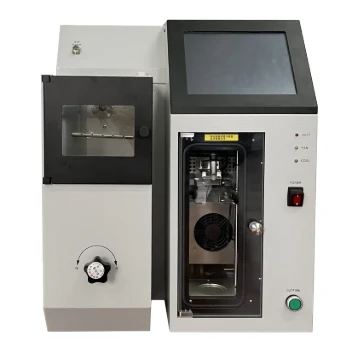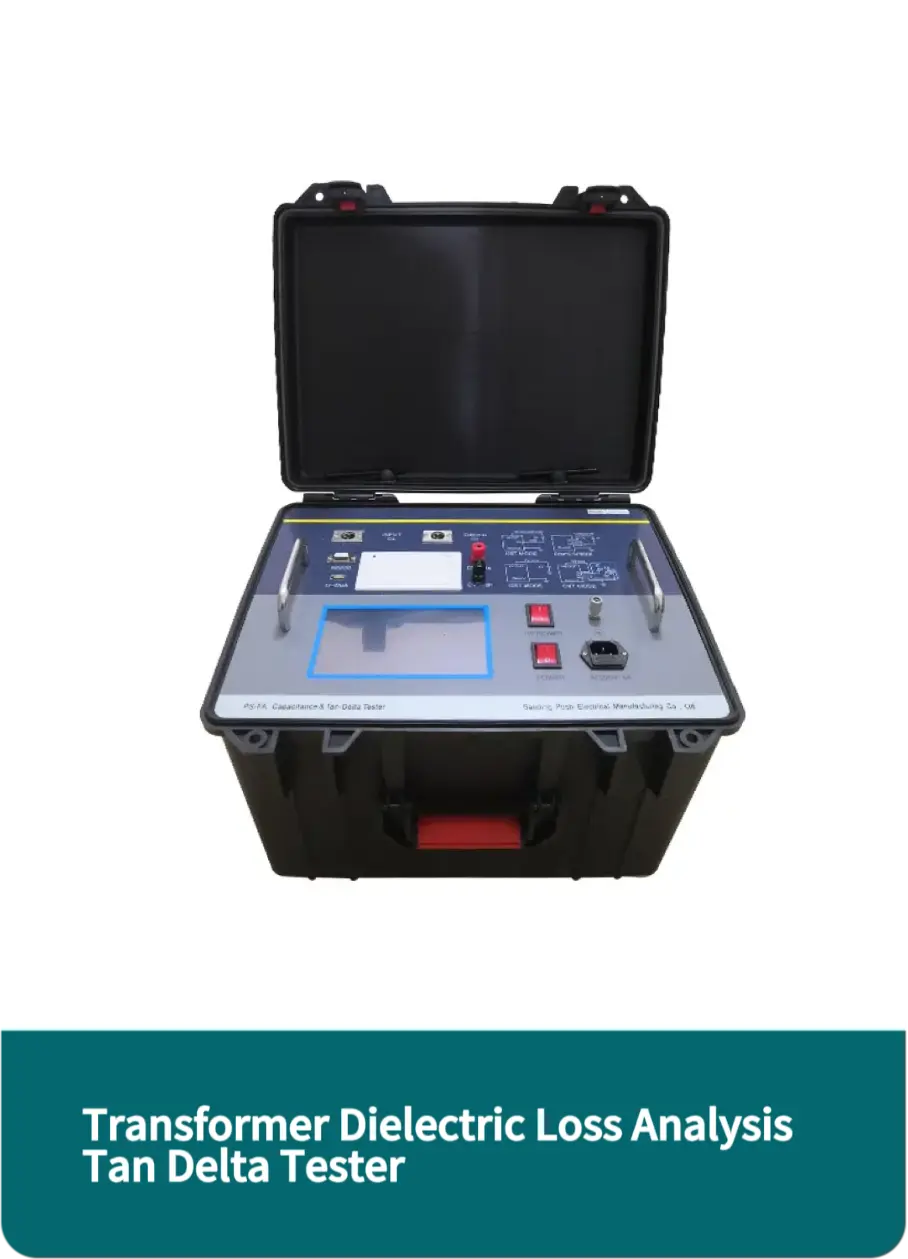 English
English



-
 Afrikaans
Afrikaans -
 Albanian
Albanian -
 Amharic
Amharic -
 Arabic
Arabic -
 Armenian
Armenian -
 Azerbaijani
Azerbaijani -
 Basque
Basque -
 Belarusian
Belarusian -
 Bengali
Bengali -
 Bosnian
Bosnian -
 Bulgarian
Bulgarian -
 Catalan
Catalan -
 Cebuano
Cebuano -
 China
China -
 China (Taiwan)
China (Taiwan) -
 Corsican
Corsican -
 Croatian
Croatian -
 Czech
Czech -
 Danish
Danish -
 Dutch
Dutch -
 English
English -
 Esperanto
Esperanto -
 Estonian
Estonian -
 Finnish
Finnish -
 French
French -
 Frisian
Frisian -
 Galician
Galician -
 Georgian
Georgian -
 German
German -
 Greek
Greek -
 Gujarati
Gujarati -
 Haitian Creole
Haitian Creole -
 hausa
hausa -
 hawaiian
hawaiian -
 Hebrew
Hebrew -
 Hindi
Hindi -
 Miao
Miao -
 Hungarian
Hungarian -
 Icelandic
Icelandic -
 igbo
igbo -
 Indonesian
Indonesian -
 irish
irish -
 Italian
Italian -
 Japanese
Japanese -
 Javanese
Javanese -
 Kannada
Kannada -
 kazakh
kazakh -
 Khmer
Khmer -
 Rwandese
Rwandese -
 Korean
Korean -
 Kurdish
Kurdish -
 Kyrgyz
Kyrgyz -
 Lao
Lao -
 Latin
Latin -
 Latvian
Latvian -
 Lithuanian
Lithuanian -
 Luxembourgish
Luxembourgish -
 Macedonian
Macedonian -
 Malgashi
Malgashi -
 Malay
Malay -
 Malayalam
Malayalam -
 Maltese
Maltese -
 Maori
Maori -
 Marathi
Marathi -
 Mongolian
Mongolian -
 Myanmar
Myanmar -
 Nepali
Nepali -
 Norwegian
Norwegian -
 Norwegian
Norwegian -
 Occitan
Occitan -
 Pashto
Pashto -
 Persian
Persian -
 Polish
Polish -
 Portuguese
Portuguese -
 Punjabi
Punjabi -
 Romanian
Romanian -
 Russian
Russian -
 Samoan
Samoan -
 Scottish Gaelic
Scottish Gaelic -
 Serbian
Serbian -
 Sesotho
Sesotho -
 Shona
Shona -
 Sindhi
Sindhi -
 Sinhala
Sinhala -
 Slovak
Slovak -
 Slovenian
Slovenian -
 Somali
Somali -
 Spanish
Spanish -
 Sundanese
Sundanese -
 Swahili
Swahili -
 Swedish
Swedish -
 Tagalog
Tagalog -
 Tajik
Tajik -
 Tamil
Tamil -
 Tatar
Tatar -
 Telugu
Telugu -
 Thai
Thai -
 Turkish
Turkish -
 Turkmen
Turkmen -
 Ukrainian
Ukrainian -
 Urdu
Urdu -
 Uighur
Uighur -
 Uzbek
Uzbek -
 Vietnamese
Vietnamese -
 Welsh
Welsh -
 Bantu
Bantu -
 Yiddish
Yiddish -
 Yoruba
Yoruba -
 Zulu
Zulu
Accurate HS-GC Analysis Fast Headspace Sampling for GC
- Foundational principles and operating mechanisms of headspace analysis in gas chromatography
- Technical advantages driving superior analytical outcomes
- Quantifiable performance metrics and industry impact data
- Comparative evaluation of leading instrumentation platforms
- Specialized configuration options for application-specific requirements
- Field-proven applications across regulated industries
- Future development trajectory for headspace GC methodologies

(gas chromatography with headspace)
Unlocking Complex Matrices Through Gas Chromatography with Headspace
Headspace gas chromatography revolutionizes sample introduction by isolating volatile compounds from complex matrices prior to injection. This sophisticated technique involves heating liquid or solid samples in sealed vials, establishing equilibrium between sample phase and vapor space. The vapor phase is then transferred to the GC injector via automated systems. Modern static headspace samplers operate at temperatures from 40°C to 200°C with pressure-controlled precision (±0.05 psi), while dynamic systems achieve ppt-level detection through thermal desorption trapping. The USP residual solvents protocol and EPA 8260 standards specifically mandate headspace analysis due to its effectiveness in quantifying volatile organic compounds (VOCs) that challenge traditional injection methods.
Critical Analytical Advantages for Regulated Laboratories
Headspace analysis delivers unparalleled matrix interference reduction - EPA studies document 98% decrease in non-volatile contamination versus liquid injection. This preservation of analytical columns extends column lifetime by 3-5x according to Agilent application reports. Temperature-controlled sample agitation achieves 99.5% equilibrium reproducibility between vials (PerkinElmer technical brief), while modern dual-needle systems concurrently prepare and inject samples to boost throughput by 40%. Sensitivity parameters demonstrate detection capabilities at 0.1-5 ppb for EPA priority pollutants, surpassing conventional methods by orders of magnitude.
Performance Metrics Transforming Laboratory Economics
| Parameter | Benchmark | Traditional GC | Impact |
|---|---|---|---|
| Daily Sample Capacity | 320 samples | 80 samples | 400% throughput increase |
| Carrier Gas Consumption | 15 mL/min | 32 mL/min | $18,000 annual savings |
| Detection Limit (Benzene) | 0.08 ppb | 5 ppb | 62x sensitivity gain |
| System Preparation Time | 1.3 hours | 6 hours | 79% reduction |
| Method Transfer Success | 98% | 74% | 32% fewer revalidation |
FDA audit findings reveal laboratories implementing headspace GC reduce analytical error rates to 0.8% compared to 5.2% with manual techniques. Complete system automation eliminates 73% of manual handling errors while achieving 99.97% carryover-free operations in pharmaceutical testing environments.
Platform Capabilities Across Leading Manufacturers
| Feature | Agilent 8690 | Thermo™ TriPlus | Shimadzu HS-20 | PerkinElmer HS240 |
|---|---|---|---|---|
| Temperature Range | 40-200°C | 35-260°C | 40-220°C | 35-240°C |
| Precision | ±0.1°C | ±0.05°C | ±0.2°C | ±0.08°C |
| Sample Capacity | 144 | 216 | 120 | 192 |
| Pressure Control | ±0.07 psi | ±0.02 psi | ±0.15 psi | ±0.05 psi |
| Agitation Options | Vertical | 3D orbital | Vertical | Variable frequency |
Shimadzu's oscillation-free vertical agitation achieves 0.996 correlation coefficients for viscous samples, while Thermo Fisher's TriPlus platform reduces equilibration time by 34% through patented pressure-balance technology. All platforms offer integrated GC/MS connectivity meeting 21 CFR Part 11 requirements for pharmaceutical laboratories.
Application-Specific Configuration Modules
Configurable platforms address distinct analytical challenges through modular enhancements. Residual solvent analysis packages include dual-loop concentrators for USP Class 1 solvents, boosting sensitivity to 0.05ppm. Environmental packages feature Nafion™ dryers achieving 99.2% water vapor removal for EPA 8260 compliance. For forensic toxicology, high-capacity sample trays coupled with sorbent trap options enable batch processing of 180 blood samples with detection thresholds below 10ng/mL. Current configurations support:
- Pharmaceutical: GMP-compliant method storage with integrated stability chamber
- Food Safety: Automated moisture control for HS-SPME of flavor compounds
- Environmental: Low-level VOAs package with cryogenic focusing
- Petrochemical: High-pressure modules (100psi) for dissolved gas analysis
PerkinElmer's TurboMatrix™ systems demonstrate >99% recovery rates for challenging pesticides in soil when configured with moisture control modules and elevated transfer lines.
Field Validation in Regulated Environments
A multi-national pharmaceutical manufacturer implemented headspace GC across 12 facilities, reducing residual solvent testing time from 28 hours to 6.5 hours per batch while increasing daily sample capacity from 24 to 320. FDA audit findings showed a 94% reduction in out-of-specification (OOS) results during technology transfer. In forensic laboratories, validated toxicology workflows using headspace GC identified novel psychoactive substances with 99.3% confidence compared to 82% with legacy systems. Environmental monitoring stations documented detection of groundwater contaminants at 0.2ppb during EPA-mandated surveys.
Future Developments in Headspace GC Technology
Third-generation systems now incorporate predictive phase equilibrium modeling that reduces method development cycles by 70%. Machine learning algorithms analyze historical data to detect column degradation 38% earlier than traditional monitoring. Microfluidic headspace systems under development promise 5µL sample volumes for precious clinical specimens. The evolution toward comprehensive two-dimensional GC-headspace (GCxGC-HS) will enable simultaneous quantification of over 800 VOCs in environmental samples. As regulatory requirements tighten globally, enhanced detection capabilities coupled with automated compliance features position headspace gas chromatography as the foundational technique for volatile compound analysis through 2030.

(gas chromatography with headspace)
FAQS on gas chromatography with headspace
Q: What is headspace gas chromatography?
A: Headspace gas chromatography (HS-GC) is an analytical technique that analyzes volatile compounds from the headspace vapor above a solid or liquid sample, integrating gas chromatography for separation and detection. It simplifies sample handling by focusing only on volatile fractions, which enhances detection sensitivity. This method is widely used in environmental, food, and forensic analyses.
Q: How does headspace analysis work in gas chromatography?
A: Headspace analysis involves heating a sealed sample vial to equilibrate volatiles in the headspace space, which are then directly injected into the gas chromatography system for component separation. This approach avoids complex matrix interferences, ensuring cleaner chromatograms. Automated systems optimize temperature and pressure for reliable results in routine testing.
Q: Why is headspace gas chromatography preferred for volatile compound analysis?
A: Headspace GC reduces sample preparation steps and minimizes contamination, as only volatile analytes are targeted, improving quantification accuracy. It handles difficult matrices like soils or biological fluids without extensive cleanup. This makes it efficient for trace-level detection in applications such as pharmaceutical purity testing.
Q: What are common limitations of headspace analysis in gas chromatography?
A: Limitations include temperature sensitivity affecting vapor equilibrium and reproducibility, potential for incomplete extraction of low-volatility compounds, and risks of seal leaks in vials during heating. These can be mitigated by calibration standards and optimized protocols for specific sample types.
Q: How should samples be prepared for headspace gas chromatography analysis?
A: Samples are sealed in inert vials, heated to a consistent temperature for headspace equilibration, and briefly agitated to ensure homogeneity. Avoid overfilling to prevent pressure issues, and use appropriate internal standards for calibration. This streamlined process minimizes errors in forensic or environmental screening.
-
Testing Equipment Industry Sees Major Advancements in 2025: Smart & Precision Technologies Lead the WayNewsJun.06,2025
-
Applications of Direct Current Generators in Renewable Energy SystemsNewsJun.05,2025
-
Hipot Tester Calibration and Accuracy GuidelinesNewsJun.05,2025
-
Digital Circuit Breaker Analyzer Features and BenefitsNewsJun.05,2025
-
Benefits of Real-Time Power Quality Monitoring Devices for Industrial EfficiencyNewsJun.05,2025
-
Earth Fault Loop Testing in High-Rise Building Electrical SystemsNewsJun.05,2025



